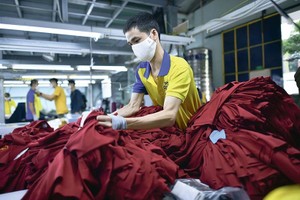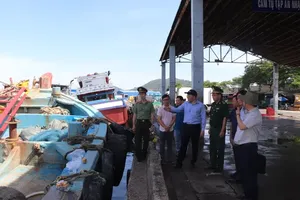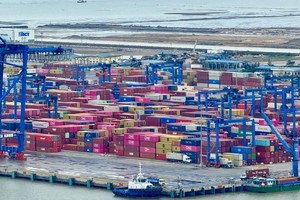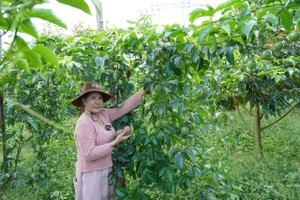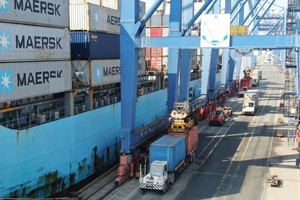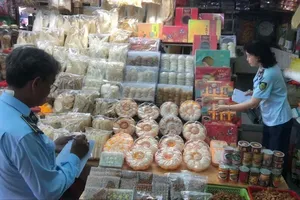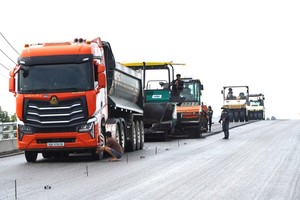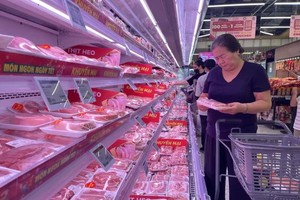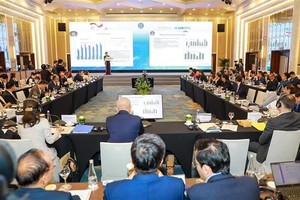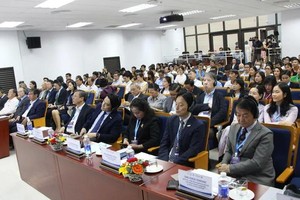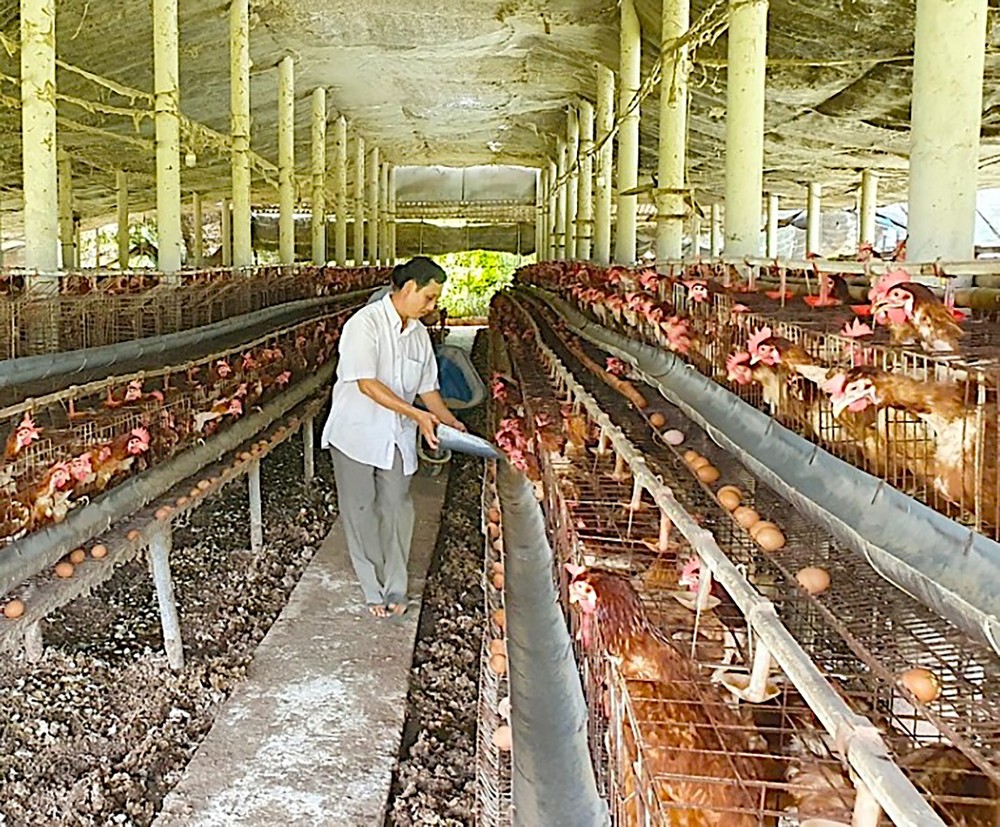
Consequently, they are gradually reducing their livestock numbers and hesitating to restock.
Various obstacles
Huynh Van Be, an experienced poultry farmer in Dong Thanh Commune (Can Giuoc District, Long An Province), revealed that the continuous rise in feed prices since the beginning of the year has posed significant challenges to his farming endeavors. Presently, the cost of each bag of 25kg of feed has surged from VND280,000 to VND340,000, while a decline in the selling price of poultry has caused farmers to face losses.
In the past, Be's family could generate profits amounting to hundreds of millions of Vietnamese dong annually by raising 5,000-6,000 meat chickens. However, the current economic hardships have drastically reduced their profitability, prompting Be to scale down operations. "Given the tough economic conditions, the demand for meat chickens has dwindled, urging me to reduce the flock to around 1,000 chickens. I am waiting for economic stability before considering scaling up production," Be explained.
In Tien Giang, a hotspot for pig farming in the Mekong Delta region with over 290,000 pigs, recent outbreaks of African swine fever have created complex challenges. The ongoing emergence of numerous outbreaks, compounded by hot weather, has left many breeders hesitant to restock. Mr. Nguyen Van Hieu, from Phuoc Thanh Commune in My Tho City, shared that he opted to sell his pigs early. Currently, he is only tending to a few dozen pigs, awaiting stable weather conditions and a decrease in feed and breeding costs before considering pig herd repopulation in time for Tet.
Meanwhile, the once-prosperous pangasius fish farming moguls in the pangasius fish capital of Hong Ngu City, Dong Thap Province, are also facing adversity. They find themselves teary-eyed as production costs are as high as market prices for pangasius fish. Specifically, the price of 26 percent protein feed fluctuates between VND12,500 and VND12,800 per kilogram. Nguyen Van Nam, a pangasius farmer in Hong Ngu City, lamented that despite his over 50 years of experience, current pangasius fish prices have hit unprecedented lows.
"The market price for pangasius fish ranges from VND27,000 to VND27,500 per kilogram. However, the feed cost is nearly VND13,000 per kilogram, excluding other production expenses. If farmers have economic resources, they may generate minimal profit or break even, but without such resources, they could face substantial losses. Regarding fingerlings, there is no precedent; in the past 5-7 months, due to climate change, there has been a significant shortage of fingerlings, leading to increased demand. Prices should have risen accordingly, but currently, everything is moving against market trends," analyzed Nam.
Resolving difficulties
The Department of Agriculture and Rural Development of Tien Giang Province has announced that the planned budget for disease prevention and control in crops and livestock for 2024 exceeds VND8.2 billion. This allocation includes proactive administrative and technical measures aimed at preventing and managing diseases in livestock, including both terrestrial and aquatic animals, to promptly address new strains of pathogens and mitigate the socio-economic impact of diseases while improving the efficiency of livestock production and aquaculture.
Additionally, the strategy involves applying technology and scientific techniques to prevent and control diseases in livestock, improving the effectiveness of disease prediction, forecasting, and warning systems, as well as ensuring the safe and appropriate use of vaccines. Mandatory vaccination will be enforced for dangerous infectious diseases.
In Long An, local authorities report that although livestock diseases are largely under control, there remains a substantial risk of recurrence due to the high proportion of small-scale, individual farming operations. Furthermore, the implementation of biosafety farming measures remains limited.
Ms. Le Thi Mai Khanh, Head of the Sub-Department of Livestock Production, Veterinary, and Fisheries of Long An Province, reported that since the beginning of the year, the sub-department has coordinated with local authorities to administer 26,750 doses of the foot-and-mouth disease vaccine, 6,540 doses of the blue-ear pig disease vaccine, over 13,470 doses of the lumpy skin disease vaccine, and more than 1.3 million doses of the avian influenza vaccine. In the coming period, the sub-department will continue collaborating with local authorities to review and organize supplementary vaccinations for dangerous infectious diseases in livestock.
In light of the challenges faced by livestock farmers and the consumption market, Mr. Duong Nghia Quoc, Chairman of the Vietnam Pangasius Association, proposed that the government reduce the import tax on feed processing materials from 2 percent to zero percent, especially for soybean meal, which constitutes over 30 percent of animal feed production.
Reducing the tax to zero percent would help lower production costs, particularly for animal feed, thus alleviating some of the difficulties related to input materials. However, this proposal has not yet been approved. In the meantime, businesses should proactively limit farming density, control feed usage, and implement other measures to reduce production costs and navigate through the current difficulties.
